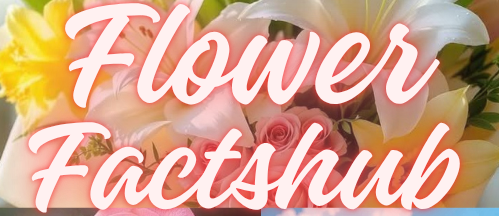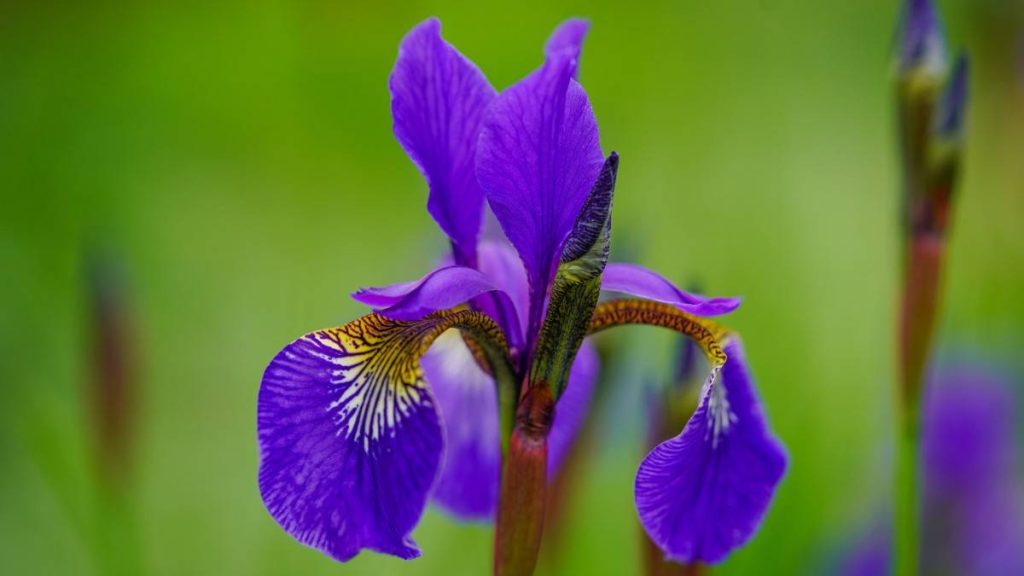Imagine walking through a sun-dappled garden, and your eyes rest upon elegant iris blooms their petals unfurling like delicate royal robes, painted in shades of violet, gold, and sapphire. More than just a pretty face, the iris carries millennia of admirers who’ve woven its essence into myths, art, and symbols. Whether you’re a seasoned gardener or simply enchanted by florals, iris flowers offer more than meets the eye. Let’s dive into what makes them truly magical.
What Makes the Iris So Magical?
Striking Beauty and Color Spectrum
Few flowers rival the dramatic palette of the iris. From deep purples and royal blues to sunny yellows, soft whites, and even chartreuse, irises boast a rainbow of shades. Many varieties feature eye-catching contrasting veining or metallic luster, giving them an almost surreal glow in sunlight. This visual drama is why iris blooms are stage-stealers in any garden.
Rich Symbolism and Cultural Significance
- Ancient Egypt: Iris was a symbol of royalty and was often featured in temple frescoes. The three petals represented faith, wisdom, and valor—virtues held in high esteem.
- Greek Mythology: Named after Iris, the messenger goddess of the rainbow, the flower became synonymous with divine connection and hope.
- French Fleur-de-lis: The stylized iris is the enduring emblem of the French monarchy, representing chivalry, purity, and elegant nobility.
- Japanese Ikebana: Irises are prized in floral art, where their slender form and bold colors embody simplicity and quiet strength.
Such symbolism transforms the iris into a potent emblem of human aspiration and beauty.
Variations in Species and Morphology
The iris family is remarkably diverse. Some notable species include:
- Bearded Irises: Known for their “beard” a fuzzy line on the flower’s falls (lower petals). These are garden favorites for their large, fragrant
- Siberian Irises: Graceful and slender, these blooms offer a delicate silhouette and thrive in wetter zones.
- Japanese Irises (Iris ensata): Wide, “flat” petals that look like painted fans perfect for water gardens or reflective ponds.
- Dutch Irises: Elegant and tall, these hybrids are often used in cut flower arrangements due to their vase longevity.
This morphological variety lets gardeners choose irises that suit any space, style, or purpose.
Hardiness and Versatility
Irises adapt well, showcasing resilience across USDA Hardiness Zones 3 to 9 depending on the species. Some can handle cold winters, while others thrive in humid climates. They can be planted along borders, in rock gardens, near water, or even in containers, making them a versatile and rewarding choice.
How to Grow Iris Flowers Successfully?
To tap into the magical beauty of irises, here are practical guidelines:
Choosing the Right Varieties
- Bearded irises—for bold, fragrant blooms and variety.
- Siberian irises—for vertical interest and slender grace.
- Japanese irises—for water-side elegance.
- Dutch irises—for professional cut bouquets.
Think about your garden conditions and aesthetic needs to select an iris variety that aligns with them.
Soil, Sunlight, and Watering
- Sunlight: Most irises thrive in full sun (6–8 hours a day). Exceptions like Japanese irises appreciate partial shade.
- Soil: Well-draining soil is essential especially for bearded irises to prevent rhizome rot. Raise beds if needed to improve drainage.
- Watering: Water regularly during growth, reduce watering in summer for dormancy, then ramp up again for spring bloomers. Japanese and Siberian irises appreciate moist soil, while others prefer to dry out a bit.
Planting, Dividing, and Seasonal Care
- Planting: Bearded irises should have their rhizomes barely covered sunlight helps prevent rot.
- Dividing: Divide every 3–4 years to rejuvenate growth and prevent overcrowding.
- Seasonal Care:
- Spring: Remove spent blooms and clear out debris to reduce disease risks.
- Late Summer/Fall: Divide and replant as needed. Add fresh compost to boost vitality.
- Winter: Apply a light mulch for colder zones but ensure it doesn’t overly insulate rhizomes.
Unique Uses & Creative Inspirations
Beyond gardens, irises inspire in many enchanting ways:
Art & Decor
- Watercolor & oil paintings often depict irises in dreamy landscapes. Van Gogh’s “Irises” remains one of the most famous floral images ever painted.
- In interior decor, pressed iris blooms or framed botanical prints add timeless sophistication.
Herbal & Fragrance Applications
- Historically, the orris root from dried iris rhizomes was used in perfumery. Its powdery, velvety scent is prized in both high-end perfumes and potpourri blends.
- The iris remains a symbolic motif in aromatherapy blends meant to invoke serenity, grace, or clarity.
Final Thoughts: A Bloom of Mesmerizing Legacy
To sum up, iris flowers earn the title of “most magical blooms on Earth” for their potent combination of:
- Visual drama—striking hues, mystical luminescence, and architectural form
- Mythic resonance—deep roots in history, myth, and cultural symbolism
- Botanical diversity—a spectrum of species suited to a variety of climates and designs
- Practical elegance—aesthetic charm paired with garden resilience and versatility
Let the iris enthrall you with its enchanting presence whether in your garden bed, dining room vase, or creative inspiration boards. There’s something undeniably magical about a bloom that has carried meaning across civilizations, yet continues to surprise us with its beauty.
FAQs about Iris Flowers
Q1. What is special about iris flowers?
Iris flowers are known for their striking colors, unique shapes, and symbolic meanings. They represent wisdom, faith, and hope across cultures and are celebrated for their beauty and resilience.
Q2. How long do iris flowers last?
Cut iris flowers typically last 5–7 days in a vase, while in gardens, blooms can last a few weeks depending on the variety and care.
Q3. Where do iris flowers grow best?
They thrive in full sun, well-drained soil, and temperate climates. Some species like Japanese irises prefer moist soils near water features.
Q4. Do iris flowers bloom every year?
Yes, irises are perennials, meaning they return each year with proper care. Dividing rhizomes every 3–4 years keeps them blooming consistently.
Q5. What do iris flowers symbolize?
They symbolize hope, faith, wisdom, and in some cultures, royalty and valor. They are also linked to communication and messages in Greek mythology.



